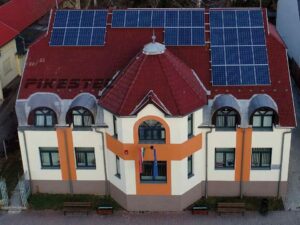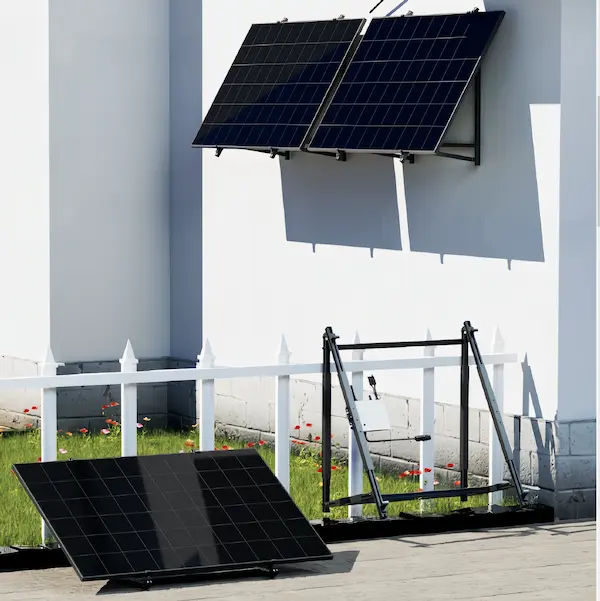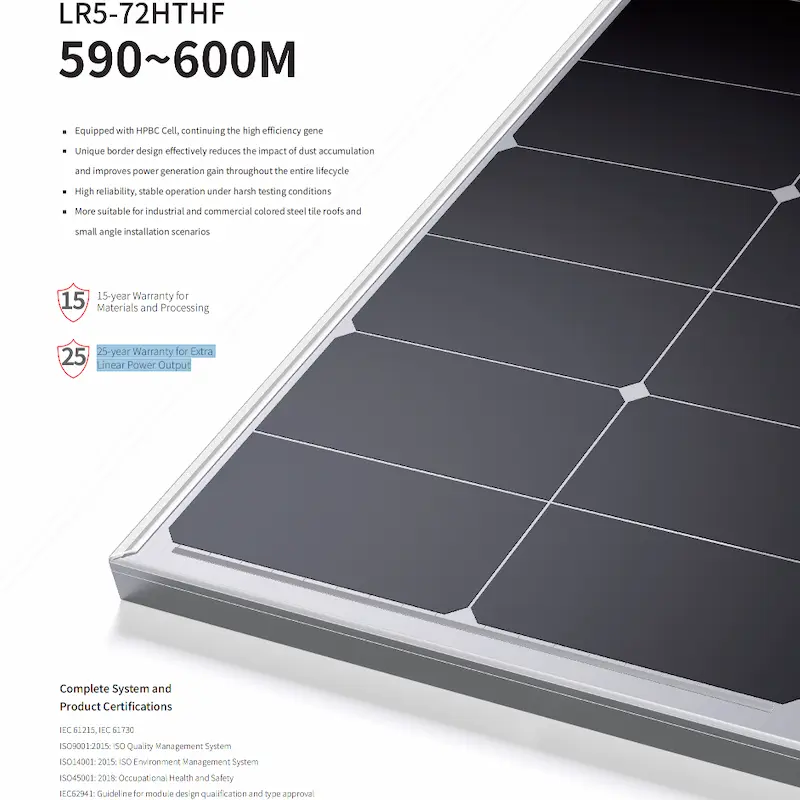Hungary Launches 12.5 kW Rooftop Solar Project Using T01 Tile Roof Hook System
Hungary has recently inaugurated a 12.5 kW rooftop photovoltaic installation employing the T01 tile roof hook system tailored for ceramic and concrete tile roofs. This deployment marks a continued acceleration in Hungary’s adoption of distributed solar power, especially on residential and small commercial structures, leveraging reliable solar panel brackets and mounting solutions to expand green energy access.

Why the 12.5 kW Scale Matters in the Current Context
While utility-scale solar farms dominate headlines, smaller rooftop systems like this 12.5 kW project play a vital role in decentralizing energy generation, reducing grid losses, and engaging more household and business owners in clean energy. In the wake of rising electricity prices, energy security concerns, and stricter EU carbon targets, mid-sized rooftop PV systems are gaining traction across Central Europe.
Overview of the T01 Tile Roof Hook System
The T01 tile roof hook system is engineered for installation under traditional roof tiles without damaging the waterproof layer, ensuring long-term structural integrity. Its core features include:
Non-penetrative or minimally invasive design – hooks slide under or between tiles, reducing leaks risk.
Corrosion-resistant materials, such as stainless steel and anodized aluminum, to withstand Hungary’s seasonal climate swings.
Compatibility with multiple tile profiles – from flat tile to Roman or wavy tile types.
Modular integration with solar panel brackets and mounting rails, allowing for adjustable tilt and secure clamping.
These design advantages ensure that the 12.5 kW system retains roof aesthetics while providing robust mechanical support under snow loads, wind, and thermal cycling.
Technical Implementation & Energy Yield
In this project:
The roof structure was reinforced locally to support the additional load introduced by the rails and PV modules.
The T01 hooks were inserted beneath the roof tile lines, fastened onto rafters or battens.
Aluminum rails were affixed to the hooks, and solar panel brackets / clamps (mid clamps, end clamps) mounted the modules securely.
An estimated annual yield of ~13,500–14,000 kWh is projected, depending on orientation, shading, and local irradiance, meaning this system could offset a substantial fraction of a household’s or small business’s electricity consumption.
Strategic Alignment with Hungary’s Green Goals
Hungary is actively targeting renewable energy expansion to comply with EU-wide decarbonization frameworks. Rooftop solar systems like this 12.5 kW T01 project align with multiple national and regional priorities:
Distributed generation that alleviates stress on distribution networks and reduces transmission losses.
Energy self-sufficiency at the local or building level, buffering against volatile grid electricity prices.
Scalable model: the experience and data from this installation will inform replication to hundreds or thousands of rooftops across the country.
Driving public and private sector adoption: successful demonstration projects bolster confidence among homeowners, EPCs, and municipal planners.
Challenges, Mitigations & Best Practices
Some of the challenges and how this project addressed them:
Challenge Mitigation / Best Practice
Roof compatibility and structural assessment Detailed survey and reinforcement before hook installation
Waterproofing & leak risk Use of appropriate sealants, flashing, and non-penetrative hooks
Snow and wind load demands Selection of higher-strength solar panel brackets and additional mechanical anchoring
Maintenance access Designing walkways or spacing to permit safe module servicing and roof upkeep
Outlook & Future Prospects
This 12.5 kW T01 rooftop project is more than a standalone case — it is a proving ground. Lessons learned here—around hook layout, bracket spacing, long-term durability, and yield verification—will feed into scaled rollouts across Hungary, especially as rooftop solar becomes more cost-competitive. We expect to see similar systems commissioned in residential communities, municipal buildings, schools, and small businesses, leveraging solar panel brackets and tile hook systems to accelerate solar uptake.
In the broader European context, such distributed rooftop initiatives complement large solar farms and help accelerate the energy transition at the grassroots.


